Introduction
In Ambassa, Tripura, India, hyperbaric therapy infuses tissues with life-giving oxygen, accelerating wound repair and deterring infection in diabetic foot sores. This modern medical marvel boosts cellular health, aiding sugar balance, thus becoming a vital player in diabetes management and tissue salvation.
The Transformative Role of Hyperbaric Medicine in Managing Diabetes and Diabetic Foot Ulcers
Diabetes, a global health concern, affects millions and leads to various complications, with diabetic foot ulcers (DFUs) being one of the most severe. Traditional treatments often fall short in effectively managing these complications, but hyperbaric medicine has emerged as a promising solution. This 1000-word blog delves into how hyperbaric medicine is revolutionizing the treatment of diabetes and its associated complications.
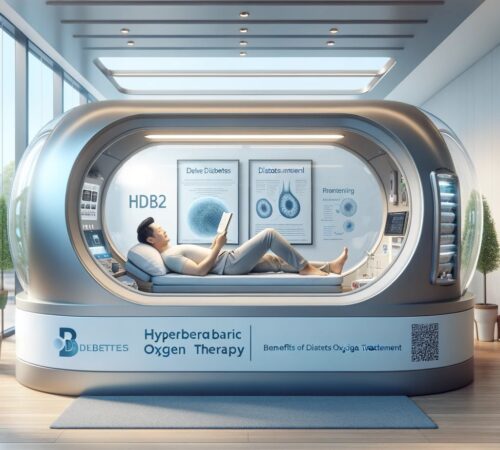
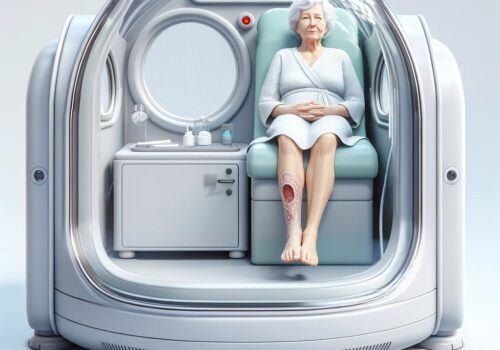
Understanding Diabetic Foot Ulcers
Diabetic foot ulcers are open sores or wounds that typically occur on the foot’s bottom. High blood sugar levels in diabetic patients can lead to nerve damage, reducing sensation in the feet. Minor cuts or blisters can escalate into ulcers due to poor circulation and delayed wound healing. These ulcers, if not managed properly, can lead to severe infections and, in extreme cases, amputation.
Hyperbaric Oxygen Therapy: A Brief Overview
Hyperbaric Oxygen Therapy (HBOT) involves breathing pure oxygen in a pressurized room or chamber. This process increases the amount of oxygen in the patient’s blood, allowing it to carry more oxygen to organs and tissues in the body. HBOT has been used for decades to treat decompression sickness (a hazard of scuba diving), serious infections, bubbles of air in blood vessels, and wounds that won’t heal as a result of diabetes or radiation injury.
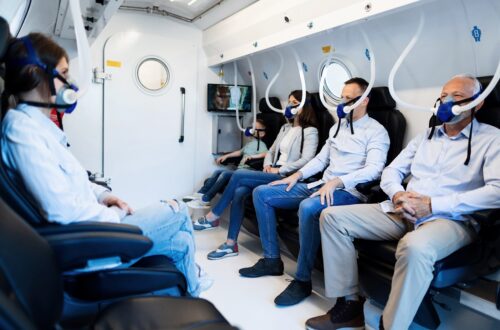

The Intersection of Hyperbaric Medicine and Diabetes
Enhancing Wound Healing
In diabetic patients, even a small wound can become a significant problem due to impaired healing. HBOT enhances the body’s natural wound-healing processes by increasing oxygen concentration in the bloodstream. This oxygen-rich blood helps in repairing tissues and encourages the formation of new blood vessels, a process known as angiogenesis.
Reducing the Risk of Amputation
For those with DFUs, the risk of amputation can be a daunting reality. HBOT has shown efficacy in reducing this risk. By enhancing wound healing and fighting infection, the therapy can save limbs that might otherwise be lost to diabetes.
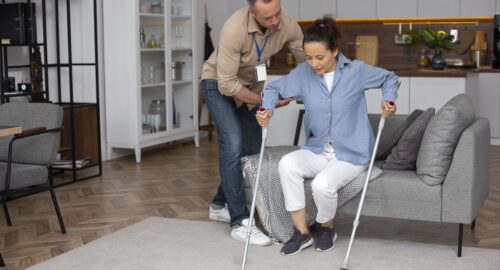
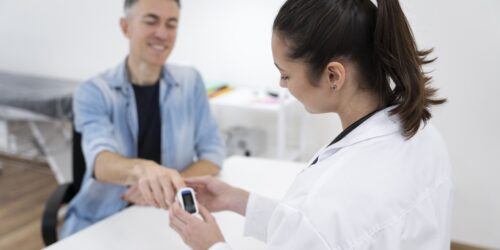
Improving Insulin Sensitivity
Emerging research suggests that HBOT may improve insulin sensitivity in diabetic patients. This means that the body can use insulin more effectively, helping to control blood sugar levels. This aspect of HBOT could be a significant breakthrough in diabetes management.
Case Studies and Clinical Evidence
Numerous studies have highlighted the effectiveness of HBOT in treating DFUs. For instance, a study published in the “New England Journal of Medicine” demonstrated that patients with DFUs treated with HBOT showed significantly higher rates of healing and reduced rates of amputation compared to those who received standard treatment.


Patient Experiences and Quality of Life
Patients who have undergone HBOT for DFUs often report not only improved healing outcomes but also enhanced quality of life. The reduction in pain, quicker healing times, and the avoidance of more drastic measures like amputation contribute to a better overall living experience.
The Process of Hyperbaric Oxygen Therapy
What to Expect
During HBOT, patients lie in a transparent, specially designed chamber. They breathe 100% oxygen at a pressure higher than normal atmospheric pressure. Sessions typically last for about two hours, and the number of sessions varies depending on the patient’s condition and response to the therapy.
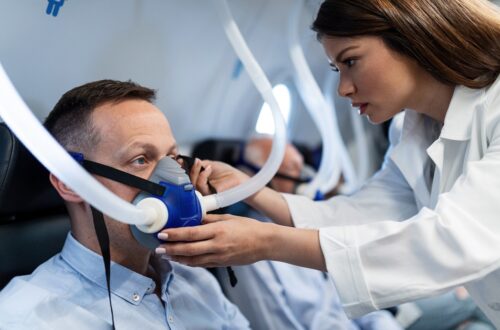

Safety and Side Effects
HBOT is generally safe. However, like any medical treatment, it comes with potential risks and side effects, such as ear pressure, sinus pain, and, in rare cases, oxygen toxicity. It’s crucial for patients to discuss these risks with their healthcare provider.
Integrating HBOT into Diabetes Care
Collaborative Care Approach
Integrating HBOT into a diabetic patient’s care plan should involve a team approach. This team usually includes primary care physicians, endocrinologists, podiatrists, and hyperbaric medicine specialists. Together, they can develop a comprehensive treatment plan tailored to the patient’s specific needs.


Insurance and Accessibility
One of the challenges of HBOT is its accessibility and cost. While many insurance providers cover HBOT for DFUs, coverage can vary. It’s important for patients to understand their insurance plans and discuss potential costs with their healthcare provider.
Future Directions and Research
Expanding Indications
Current research is exploring the broader implications of HBOT in diabetes management beyond wound healing. This includes its potential impact on diabetic neuropathy and retinopathy.


Technological Advancements
Technological advancements in hyperbaric medicine, such as more comfortable and accessible chambers, are making the treatment more patient-friendly and widely available.
Conclusion
Hyperbaric medicine, particularly HBOT, is proving to be a vital tool in the battle against diabetes and its complications, especially diabetic foot ulcers. By enhancing wound healing, reducing the risk of amputation, and potentially improving overall diabetes management, HBOT offers hope to millions of patients worldwide. As research continues to evolve, the role of hyperbaric medicine in diabetes care is set to expand, offering new avenues for treatment and hope for those affected by this challenging condition.
